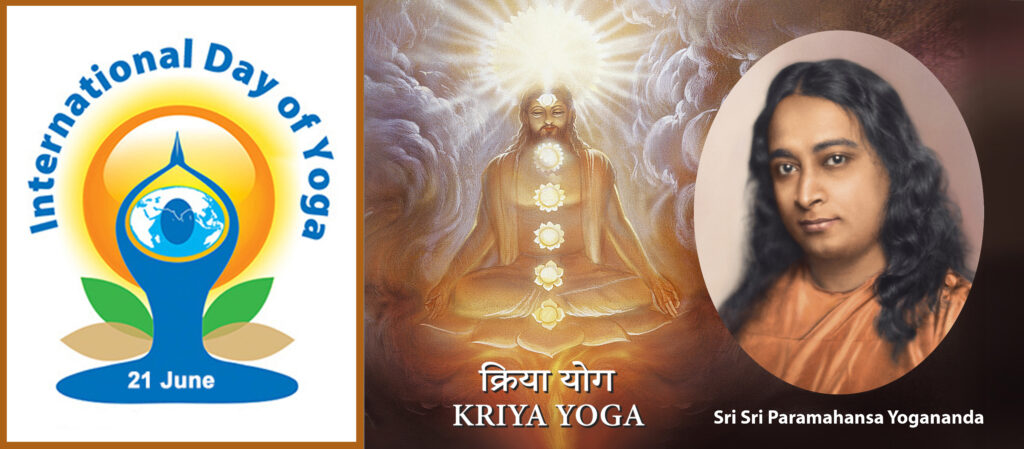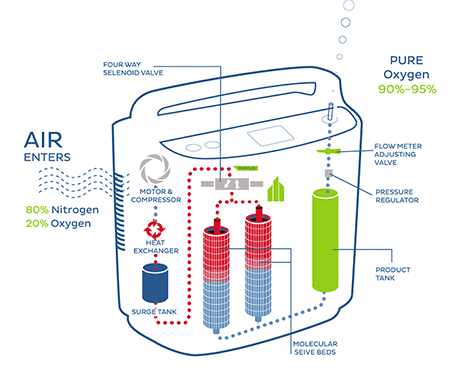The True Significance of International Day of Yoga / Vivek Atray

While the celebration of the “International Day of Yoga” has become an integral part of the global calendar, especially in India, its true significance lies within our souls.
The inherent meaning of ‘yoga’ or ‘yog’ is ‘union with God’ which is the true union that all souls are innately seeking. Most human beings across the planet have heard of ‘yoga’ but a majority of them still identify this concept with physical exercises or yog-asanas – Hath Yoga. Yet there is so much more to yoga that needs to be understood and practised!
Sri Sri Paramahansa Yogananda, the author of the renowned spiritual classic, “Autobiography of a Yogi” was a pioneering Indian guru who travelled to the western world in order to enlighten truth seekers about the true meaning of yoga. His emphasis on meditation as an integral part of the ‘action plan’ that all individuals must adopt, in their search for the true meaning of life, was timely as well as timeless. Yoganandaji propounded spiritual effort as the only way towards fulfilment of the highest goal of life: self-realization, or oneness with God. And his own guru, Swami Sri Yukteswar Giri, famously said, “Everything in future will improve if you are making a spiritual effort now!”
A step by step scientific technique is what each devotee of God needs to further his or her outreach towards the attainment of the ultimate verities that Yoganandaji writes about in “Autobiography of a Yogi.”
Kriya Yoga is the highest form of yoga and is that specific scientific pathway which Yoganandaji emphasized upon as the foremost route known to mankind for attainment of divine communion. Kriya Yoga involves definite scientific techniques which enable the practitioner to not only improve his or her physical and mental health, but more importantly, it enables the ‘yogi’ to eventually find true peace and joy within which are clear indicators of the presence of God within us.
Yoganandaji explained to his followers, both oriental and western, that the Kriya Yoga path can be practiced by everyone and is a sure shot doorway to the highest realms of existence. He also elaborated upon certain preliminary techniques, as well as a ‘how to live’ philosophy which are essential steps leading to the highest portal of Kriya Yoga meditation. Lord Krishna in the Bhagavad Gita also mentions Kriya Yoga twice in glorious words. Millions have been inspired to adopt Kriya Yoga as a way of life, with all its manifestations. Yet, the real benefit of Kriya Yoga lies in its sincere practice, as Lahiri Mahasaya, guru of Swami Sri Yukteswar Giri, emphasized. The golden gateway to the upper echelons of our existence is to be found in the meaningful and regular practice of the Kriya Yoga technique.
Yogoda Satsanga Society of India (YSS) is the spiritual organization founded in 1917 by Yoganandaji. YSS continues to disseminate deep insights into the voluminous teachings of Yoganandaji, through books, printed lessons and other means. The number of devotees following the Kriya Yoga path have multiplied enormously in recent decades, all over India and the world.
As a young devotee said during a recent ‘Sadhana Sangam’ at the Ranchi Ashram of YSS, “My life has been transformed by the discovery of the teachings of Yoganandaji and the path of Kriya Yoga.” For further info.: yssi.org
Writer: Vivek Atray














